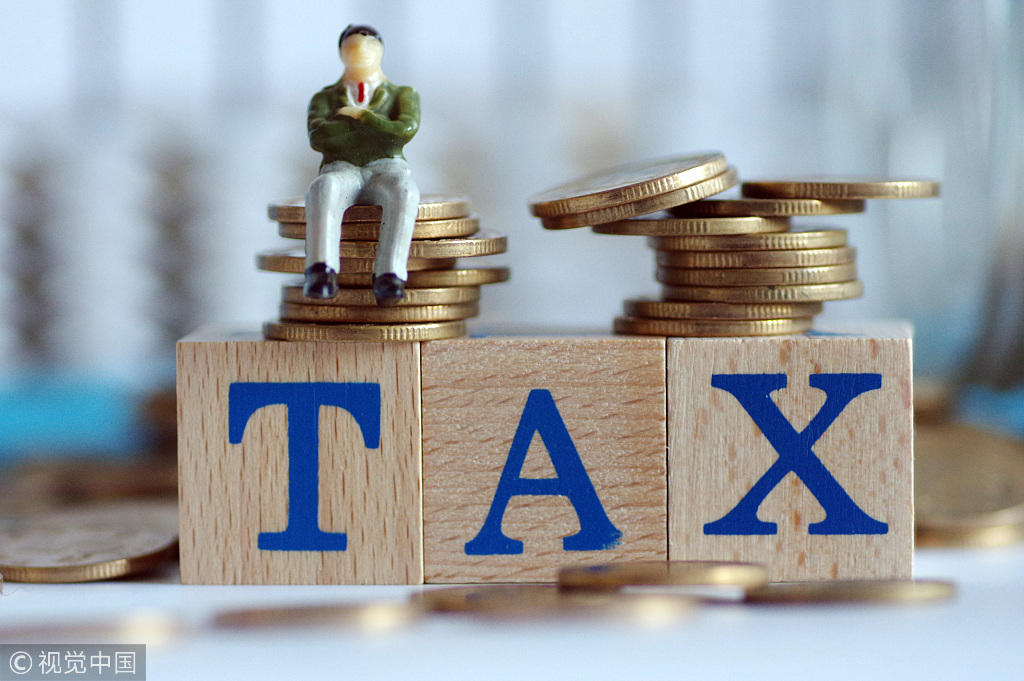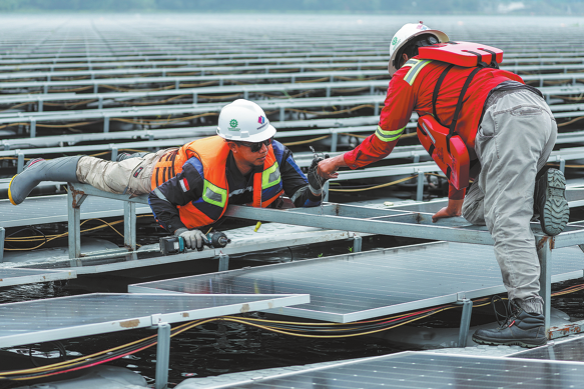A modern tax system should be considered


When discussing China's proactive fiscal policies and its outlook for 2019, it is necessary to start with the country's general macroeconomic situation. That is because the subject involves overall socioeconomic development and the implementation of top-level guidelines.
China's economy is facing hurdles brought by external uncertainties and challenges at home. Current fiscal policy needs to be more proactive in a bid to meet long-term goals such as overcoming the middle-income trap and achieving more complete modernization by 2035.
One of the main focuses of proactive fiscal policy is to increase tax cuts. But tax reform should also be taken into consideration-that is, developing a modern taxation system for the country.
From that perspective, we need to be especially careful not to simply copy the tax reduction measures of the United States. The tax structures of China and the US are totally different, with indirect tax at the center of the former and direct tax at the center of the latter.
Of China's indirect taxes, the most influential is the value-added tax, which has been the largest of its kind since the country used it to replace the business tax. We need to lower the standard rate of VAT further. This is among the things that we should consider in 2019.
Could the standard rate of 25 percent for corporate income tax also be reduced to some degree? For small and medium-sized enterprises, half the tax will be exempted. That will last through the end of the 13th Five-Year Plan (2016-20) period. But after 2020, we need to consider whether to continue with such a tax exemption or not, during the period of the 14th Five-Year Plan (2021-25).
Along with lowering the standard rate for corporate income tax, there should also be measures to spur research and development as well as innovation among businesses. It should be emphasized that the lowering of indirect and corporate income taxes is only part of China's tax reform. We must also consider how to implement the central government's plan to gradually increase the proportion of direct tax.
Income redistribution plays an irreplaceable role in regulating and curbing the widening of the income gap. But this is very difficult in China now that the proportion and role of all direct taxes in whole income are quite marginalized. Much attention has been paid to the issue of income distribution, but formulating a law-based tax redistribution mechanism under the principle of statutory taxation for income distribution for the country remains an arduous task.
Meanwhile, progress has been made in implementing individual income taxes under the direct tax system. In 2018, the law was revised and improved toward that effect. But it is not enough, since the revision only integrates labor income and does not include nonlabor income.
Lastly, reform and opening-up must be supported by the financial authorities. This will also involve teamwork by various other government departments.
The views do not necessarily reflect those of China Daily.






























